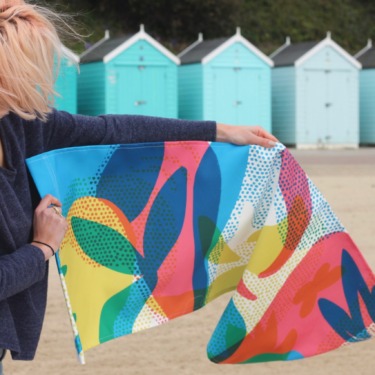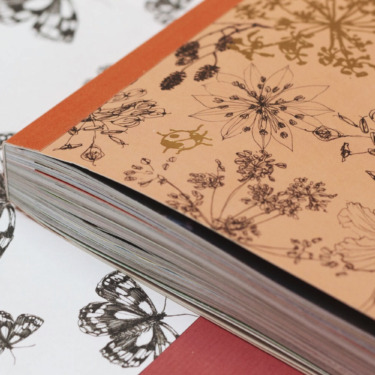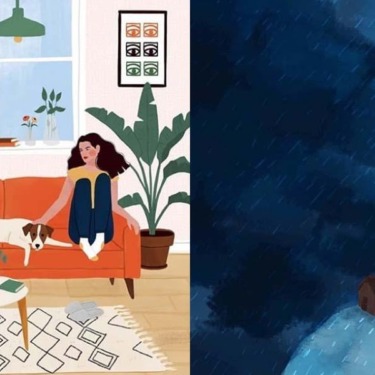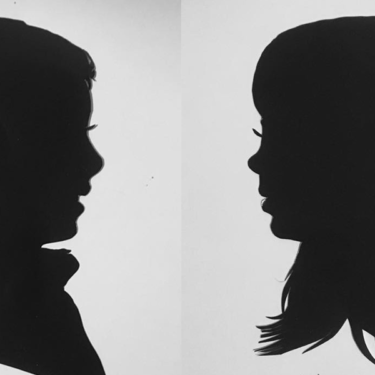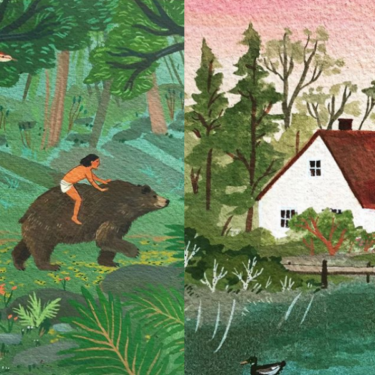Gisèles world
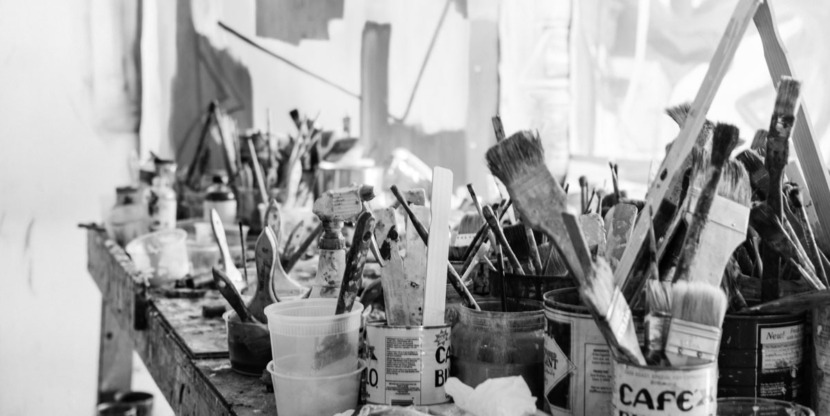
Artist Gisèle D’Ailly-van Waterschoot van der Gracht (1912-2013) remained a little girl throughout her life, even when she reached 100. She lived surrounded by free spirits, poets and writers, and created her own world.
In December 1940, Gisèle finally realized her childhood dream of living on the Herengracht in Amsterdam, and moved into a pied-à-terre on that Herengracht she had always heard of: number 401, to be precise. When she first saw it, Gisèle immediately fell in love with the view out over the adjacent Leidsegracht, and was not in the least bit bothered by the fact that the former office building didn’t have a kitchen or a bathroom, as she didn’t cook and the public baths were just around the corner.
She rented a floor—a space measuring 60 square meters—for eighteen Dutch Guilders a month. During that same period, through Adriaan (with whom she also had a brief affair), she met Wolfgang Frommel, a German poet and writer. He was looking for a place to house a couple of talented young German men whose lives were in danger because they were being forced to leave a boarding school in Ommen in the north-east of the Netherlands. Gisèle didn’t hesitate for a minute, and offered her home as a safe house.
By 1942, she was living there with Wolfgang, 15-year-old Claus Bock, his young teacher Buri (the pseudonym for Adolf Friedrich Wongtschowski) and a few others who came and went. At times, there were as many as seven men living in her home. Some of them were Jewish; others were trying to avoid the concentration camps. During the day, those in hiding stayed out of sight from the nosy neighbors across the street. The neighbors above and below her were the only ones who knew they were there.




